09/11/2018
The colonisation of Australia by Europeans had a massive negative impact on a peoples and culture that has existed for over 50,000 years. The first settlers brought diseases that wiped out large numbers of Aboriginal people, as they had no immunity to European diseases. Many of the survivors existed […]
09/11/2018
Revel Cooper, a Noongar boy, is made a Ward of the State by the Department of Native Affairs and sent to Carrolup at the age of six in 1940. In a letter written in 1960 about life on Carrolup Native Settlement, Revel presents a vivid picture of Aboriginal […]
09/11/2018
When teacher Noel White arrives at Carrolup in May 1946, he is unable to communicate with the Aboriginal children. They sit sullenly and silently at their schoolroom desks. ‘The first week at school with our new teacher we were all scared stiff. I think if it wasn’t for […]
09/11/2018
In 1947, the children’s drawings attract public attention locally at the Katanning Show, and further afield in Perth. Three children (Reynold Hart, Dulcie Penny and Vera Wallam) have their articles accepted in the Lord Forrest Centenary Booklet—in competition with other children from all over the state—whilst Parnell Dempster has a […]
09/11/2018
Carrolup Native Settlement school’s football team attracts particular attention in 1948, beating local teams playing ‘a particularly unique style of football within the Australian code.’ After one match, pupils of Katanning school are given an impromptu demonstration of the art skills of six members of the Carrolup team. The […]
09/11/2018
In July 1949, a 71-year old Englishwoman Mrs Florence Rutter briefly visits Carrolup and purchases five pounds worth of drawings and designs. She exhibits the drawings and designs in eight cities around Australia and New Zealand, and receives many orders for the children’s artworks. The Department of Native Affairs agrees […]
09/11/2018
Once Mrs. Rutter returns to the U.K., she continues to update the School on her progress. She receives many welcome letters from the Carrolup boys during 1950. ‘Every letters [sic] you write Mr White reads it out to the school children. We are very proud of you and […]
09/11/2018
Initially, Native Affairs Commissioner Mr S G Middleton writes enthusiastic letters to Mrs Rutter. She organises an exhibition in Appeldoorn, the Netherlands, where the art is acclaimed. People’s perceptions of ‘Stone-Age’ Aboriginal people are changed. However, an open conflict breaks out between the new supervisor at Carrolup, Mr […]
09/11/2018
Mr Middleton tries to justify the school’s closure in a letter to The West Australian newspaper. He talks about sending the boys to missions and says: ‘… they will at last begin to receive some spiritual education and training which may not yet be too late to stabilise sufficiently their characters to a point where they may […]
09/11/2018
The boys’ dreams of a better future are shattered by the school closure and their later experiences in a white dominated society which considers them ‘inferior’. Revel Cooper says the decision to close the school: ‘… closed the pathway to a better way of life for coloured people.’ […]
09/11/2018
Social Anthropologist John Stanton first learns about the Carrolup children’s art in 1976 when he sees two Revel Cooper landscapes framing Ronald and Catherine Berndt’s study door at the University of Western Australia. He reads Child Artists of the Australian Bush by Mary Durack Miller and Florence Rutter, […]
09/11/2018
In 2004, John Stanton’s close Australian friend Professor Howard Morphy is invited to visit Colgate University in Upper New York State by the Director of Colgate’s Picker Gallery. The Gallery set aside some Aboriginal artefacts for him to look at. When Howard arrives, the Gallery Curator, Diane Butler, mentions that […]


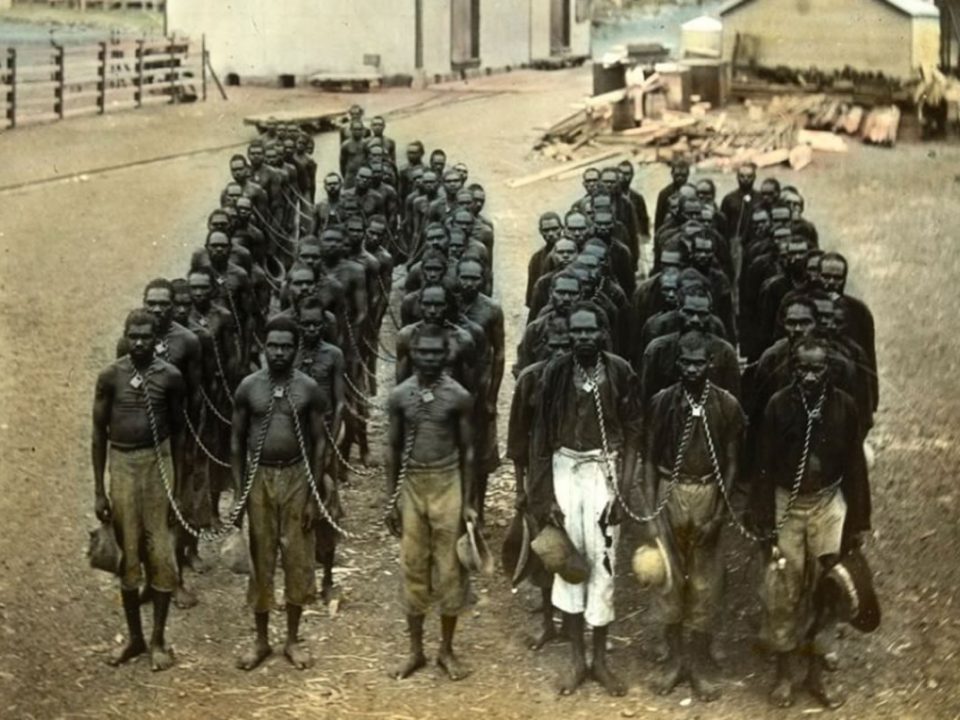

![The creek by Simpson Kelly, pastel on paper, 18.5 x 24 cm, c.1948. Noel & Lily White Collection, Berndt Museum of Anthropology. [WU7563]](https://www.carrolup.info/wp-content/uploads/2018/10/connection-960x720.jpg)
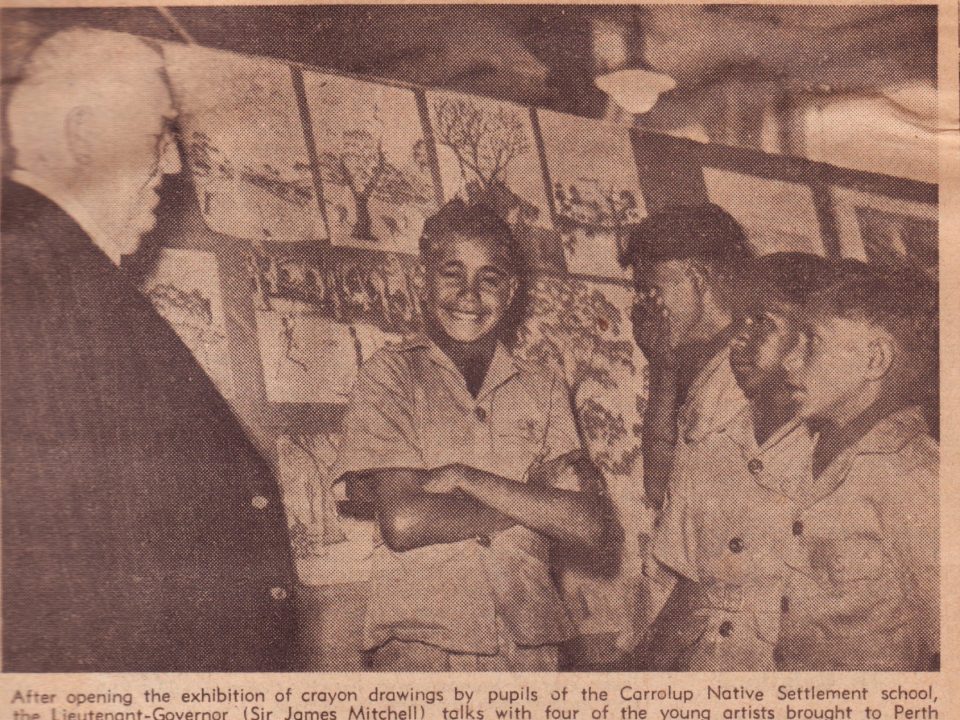


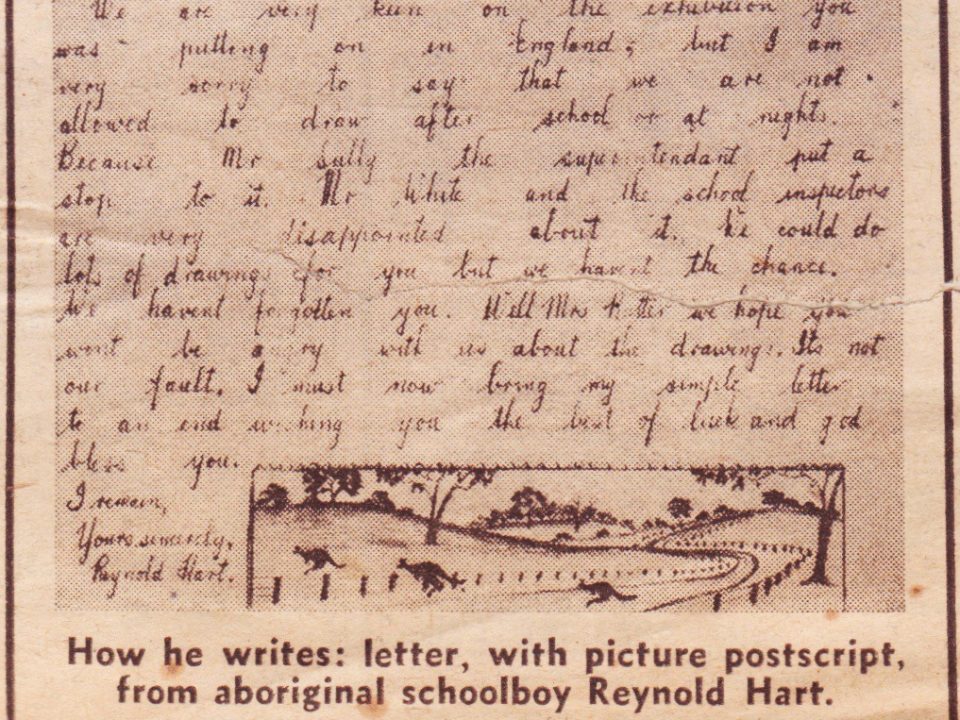
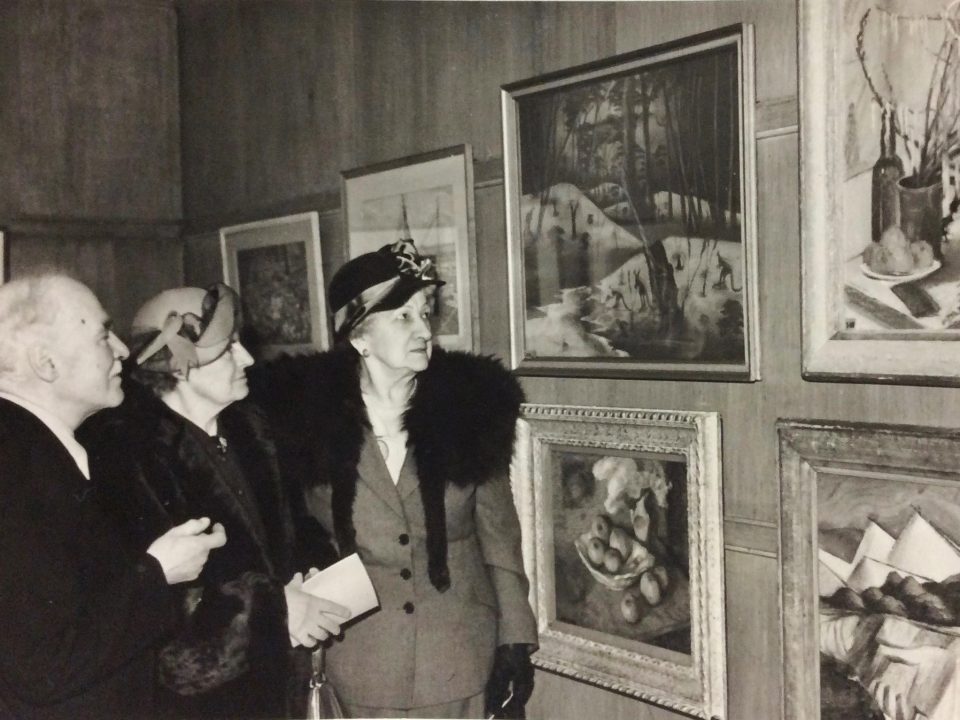
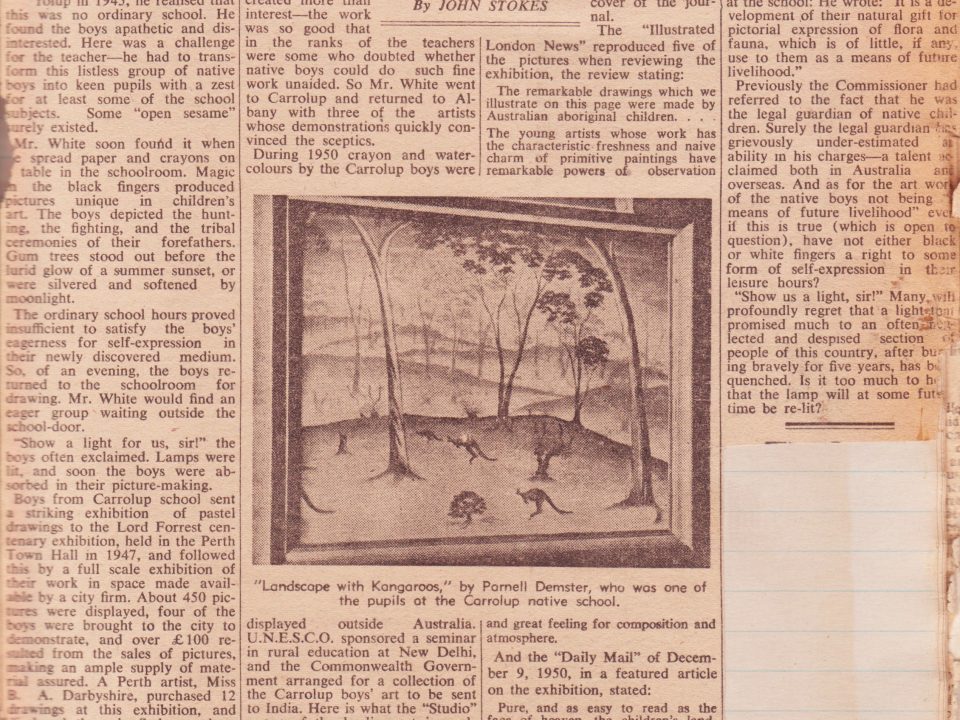
![Untitled [Landscape with Fallen Tree] by Parnell Dempster, pastel and graphite on paper, 23 x 29.1cm, 1953. The Herbert Mayer Collection of Carrolup Artwork, John Curtin Gallery, Curtin University.](https://www.carrolup.info/wp-content/uploads/2018/10/8714810382_3ff6fde4de_o-960x720.jpg)

![Ezzard Flowers, John Stanton and Athol Farmer inspecting the ‘lost’ Carrolup Collection at the Picker Art Gallery at Colgate University, 12th April 2005. Berndt Museum of Anthropology. [WU/P32228]](https://www.carrolup.info/wp-content/uploads/2018/10/WAMen@Picker-960x720.jpg)